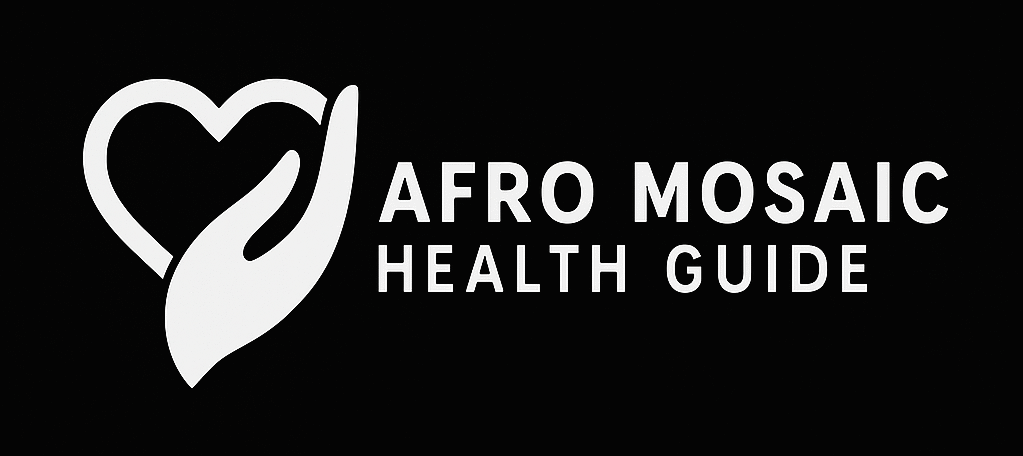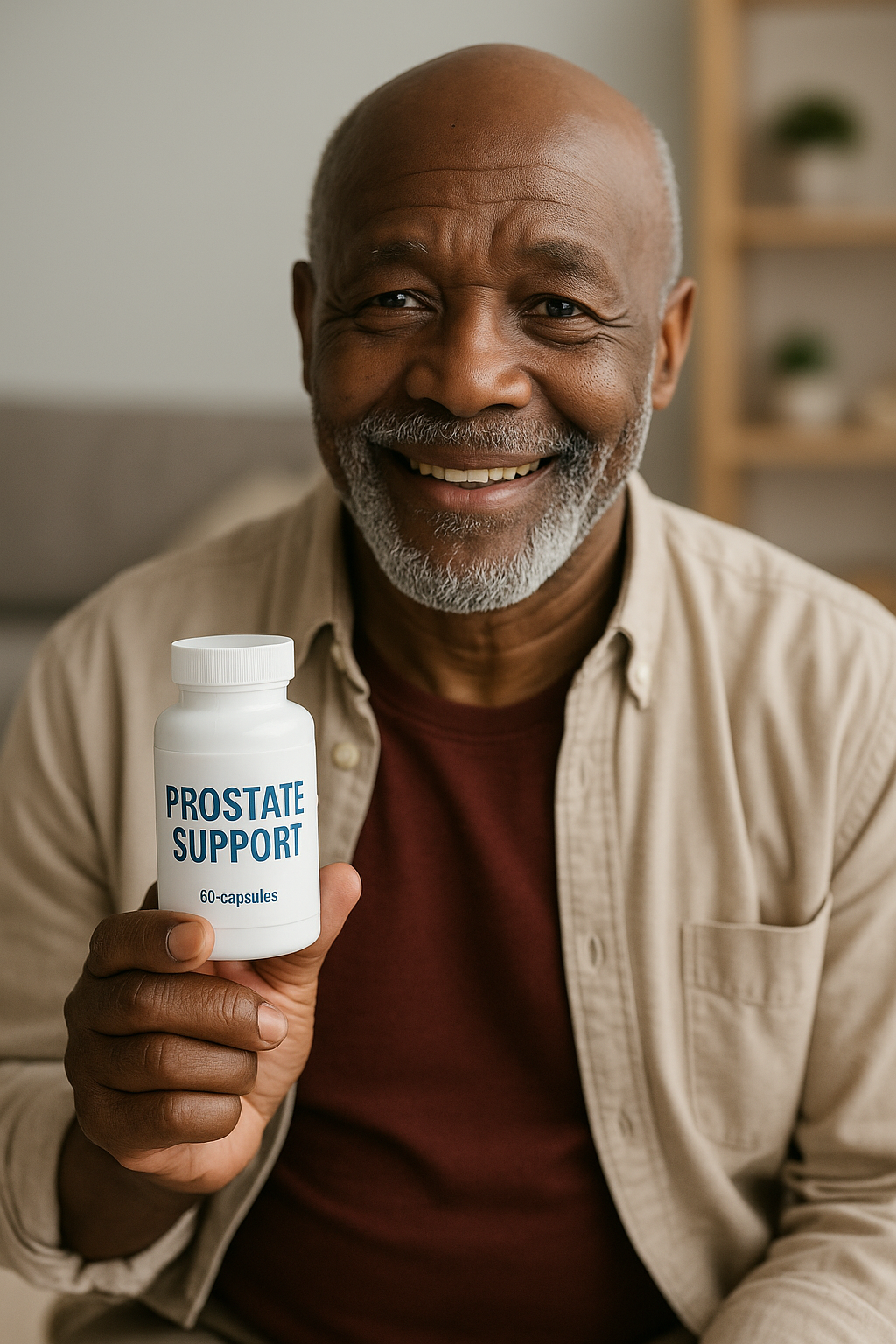Women’s Health
Understanding Breast Cancer Survival Rates and the Unseen Disparities in America
Breast cancer remains one of the most significant health challenges for women across the United States. Advances in medical research, early detection methods, and treatment protocols have dramatically improved outcomes for many.
A key metric used to gauge this progress is the survival rate. It offers a statistical snapshot of how many people with a specific type and stage of cancer are alive after a certain period. Typically, this period is five years. However, these broad statistics often mask deeper, more complex realities within specific communities. While the provided sources from the American Cancer Society offer a general overview of survival rates, they also point toward a critical area of ongoing research: the disparities faced by Black women. This article will delve into the concept of breast cancer survival rates as explained by the sources and highlight the importance of research aimed at understanding the unique challenges confronting Black women in America.

What Are Survival Rates and How Are They Calculated?
When a person receives a breast cancer diagnosis, one of the first questions they may have is about their prognosis. Survival rates are statistical tools. They can provide a general idea of the likelihood that treatment will be successful. However, they cannot predict an individual’s specific outcome. It is crucial to discuss these numbers with a doctor who can interpret them in the context of a patient’s personal health situation.
The American Cancer Society uses a specific metric called the “5-year relative survival rate”. This rate compares women diagnosed with a particular type and stage of breast cancer to the general population of women without that cancer. For example, a 90% 5-year relative survival rate means that women with that specific cancer are, on average, 90% as likely. Women with the cancer are likely to be alive five years after their diagnosis. Women without it have the same chance.
These statistics are compiled from the Surveillance, Epidemiology, and End Results (SEER) database, which is maintained by the National Cancer Institute (NCI). The SEER database categorizes breast cancer by how far the cancer has spread from its original site. It does not use the more detailed AJCC TNM staging system (like stage 1, 2, or 3). The three main SEER stages are:
• Localized: The cancer is confined to the breast, with no evidence of spreading.
• Regional: The cancer has spread beyond the breast to nearby lymph nodes or structures.
• Distant: The cancer has metastasized to distant parts of the body, such as the bones, liver, or lungs.
General Survival Rates for Breast Cancer
Based on data from women diagnosed between 2014 and 2020, the 5-year relative survival rates for breast cancer across all races are as follows:
• Localized Stage: Over 99%. This high rate underscores the critical importance of early detection when the cancer is most treatable.
• Regional Stage: 87%.
• Distant Stage: 32%. The sharp decline in survival for metastatic breast cancer highlights the challenges in treating advanced disease.
• All Stages Combined: 91%.
It is important to understand the limitations of these numbers. They are based on data from women diagnosed at least five years ago, and with continuous improvements in treatment, the outlook for women diagnosed today may be even better. Furthermore, these rates apply only to the stage at diagnosis and do not account for cancer that grows, spreads, or recurs after treatment. Many other factors also influence an individual’s prognosis, including age, overall health, tumor grade, hormone receptor status, and HER2 status. The survival rates for specific aggressive subtypes like triple-negative and inflammatory breast cancer are also different from these general statistics.
The Critical Need to Address Disparities for Black Women
While the general statistics provide a broad picture, they do not tell the whole story. The sources from the American Cancer Society implicitly acknowledge that cancer does not affect all populations equally. A key part of the organization’s mission is to “Address Cancer Disparities”. This commitment is put into practice through dedicated research initiatives like the “VOICES of Black Women Study”.
The existence of such a study strongly indicates that there are unique factors and disparities affecting breast cancer incidence, treatment, and survival among Black women that require focused investigation. Although the provided documents do not contain specific survival rate statistics broken down by race, the prioritization of the “VOICES of Black Women Study” alongside other major research efforts like the “Cancer Prevention Study-3” suggests that understanding the Black experience with cancer is a high priority for the medical research community.
This kind of focused research is essential because overall survival rates can obscure significant racial gaps in outcomes. It is a well-documented fact, though not detailed in these specific sources, that Black women in the United States have a higher mortality rate from breast cancer than white women, despite having a slightly lower incidence rate. Research like the VOICES study aims to uncover the complex reasons behind such disparities, which may involve a combination of genetic factors, higher rates of aggressive tumor types (like triple-negative breast cancer), socioeconomic barriers, unequal access to quality healthcare, delays in diagnosis, and systemic biases within the healthcare system. By focusing specifically on Black women, researchers can identify the unique challenges they face and develop targeted strategies for prevention, earlier detection, and more effective treatment.
Moving Forward: The Role of Research and Support
The fight against breast cancer is a multifaceted effort that involves fostering innovation, encouraging prevention, and providing robust support systems. For Black women, this means ensuring equitable access to resources and care. The American Cancer Society provides a wide array of patient programs that can help mitigate some of the barriers to care, including free rides to treatment, free lodging during treatment, and a 24/7 cancer helpline (1-800-227-2345) that connects patients and their families with trained specialists and vital resources. In Canada The Olive Branch of Hope helps E.A.S.E the lives of those affected by cancer.
Initiatives like the “VOICES of Black Women Study” are fundamental to closing the survival gap. The findings from such research will be crucial for developing new screening guidelines, creating culturally competent patient support programs, and tailoring treatments that are more effective for Black women. Addressing these cancer disparities is not just a matter of science but a matter of health equity.
In conclusion, while the overall 5-year survival rate for breast cancer is an encouraging 91%, this number does not reflect the lived reality of every woman diagnosed with the disease. The American Cancer Society’s focus on addressing disparities and its specific research into the experiences of Black women underscores a critical truth: to end cancer as we know it, for everyone, we must first understand and dismantle the inequities that lead to tragically different outcomes. The path forward requires a dedicated commitment to research, advocacy, and ensuring that every woman, regardless of her race or background, has the best possible chance to survive and thrive after a breast cancer diagnosis.















